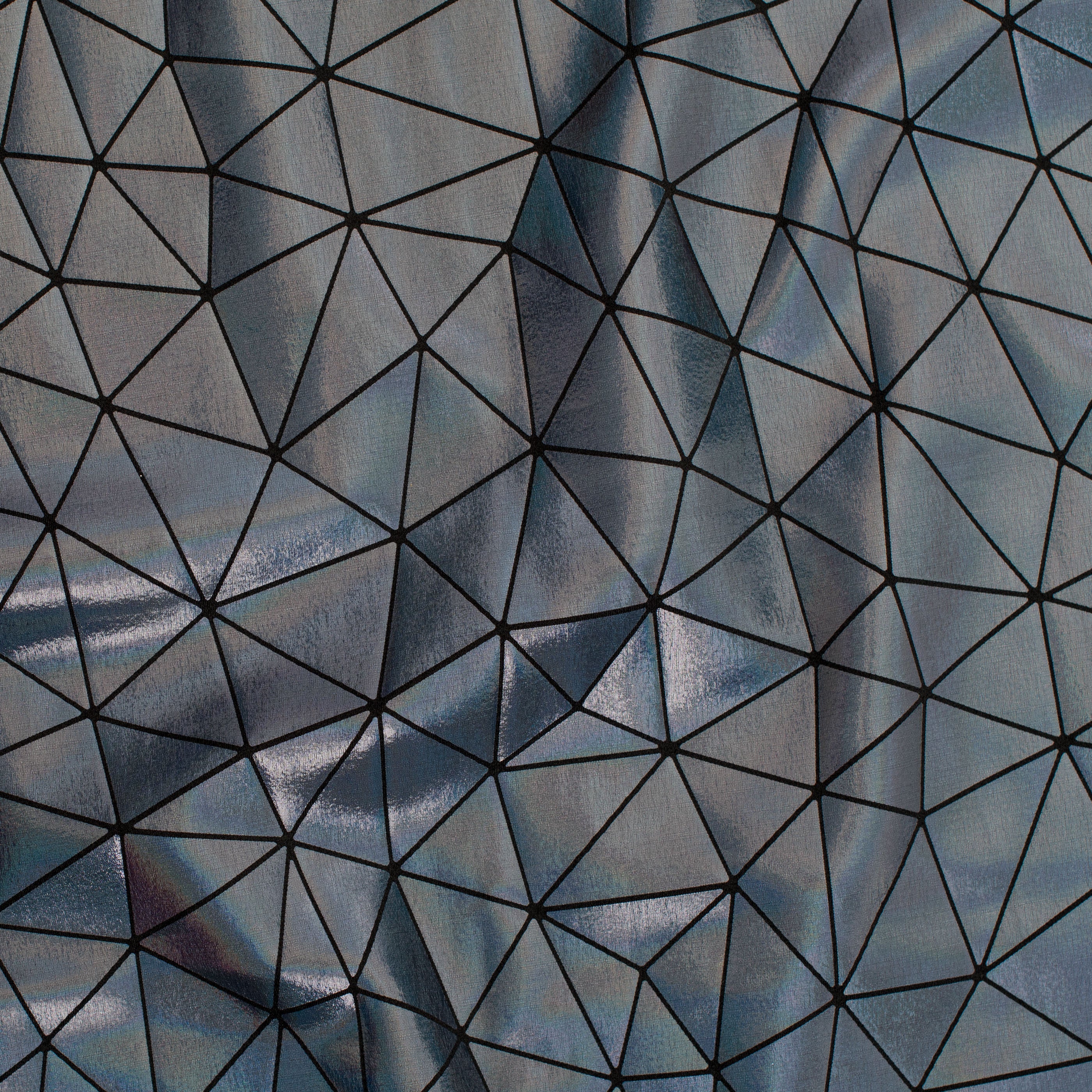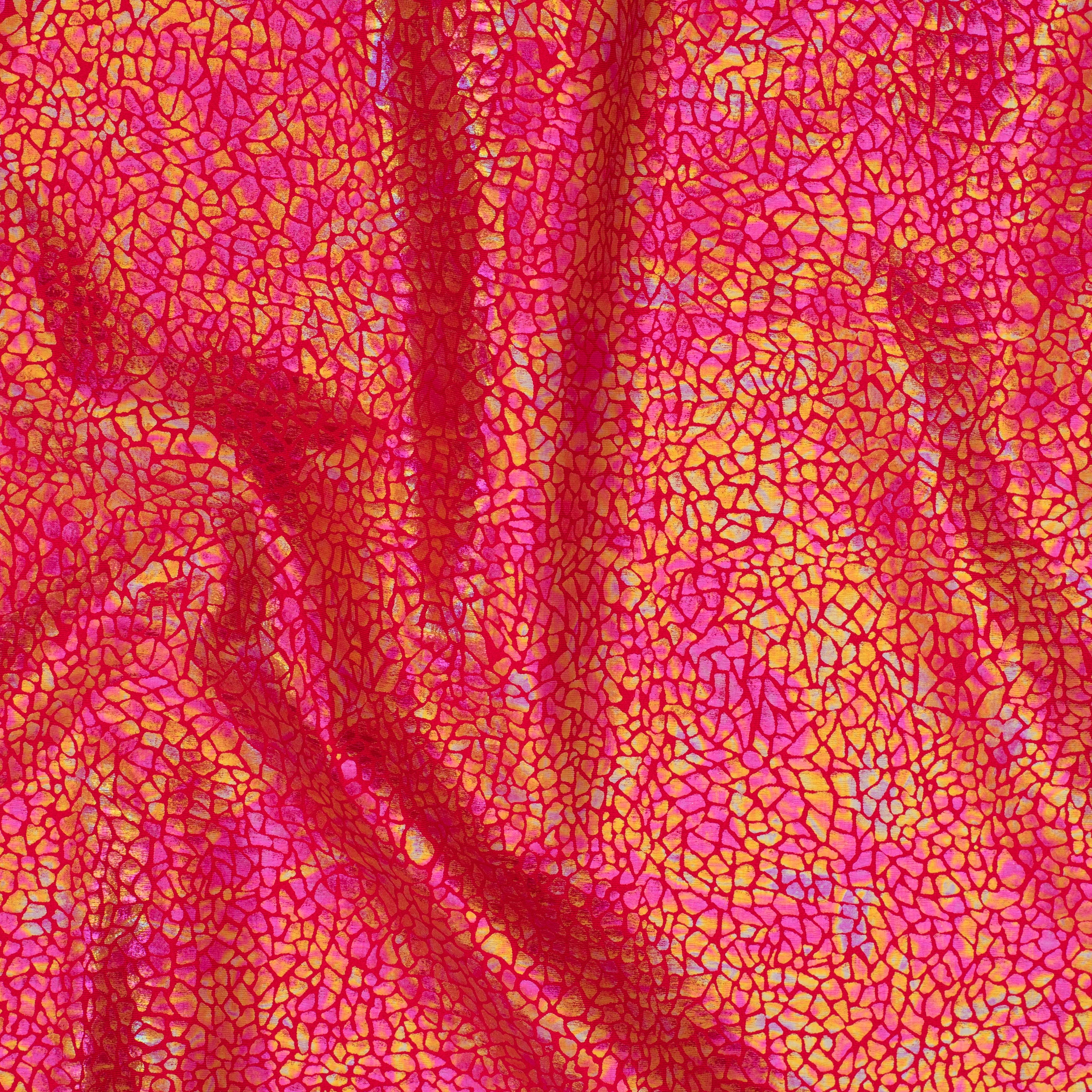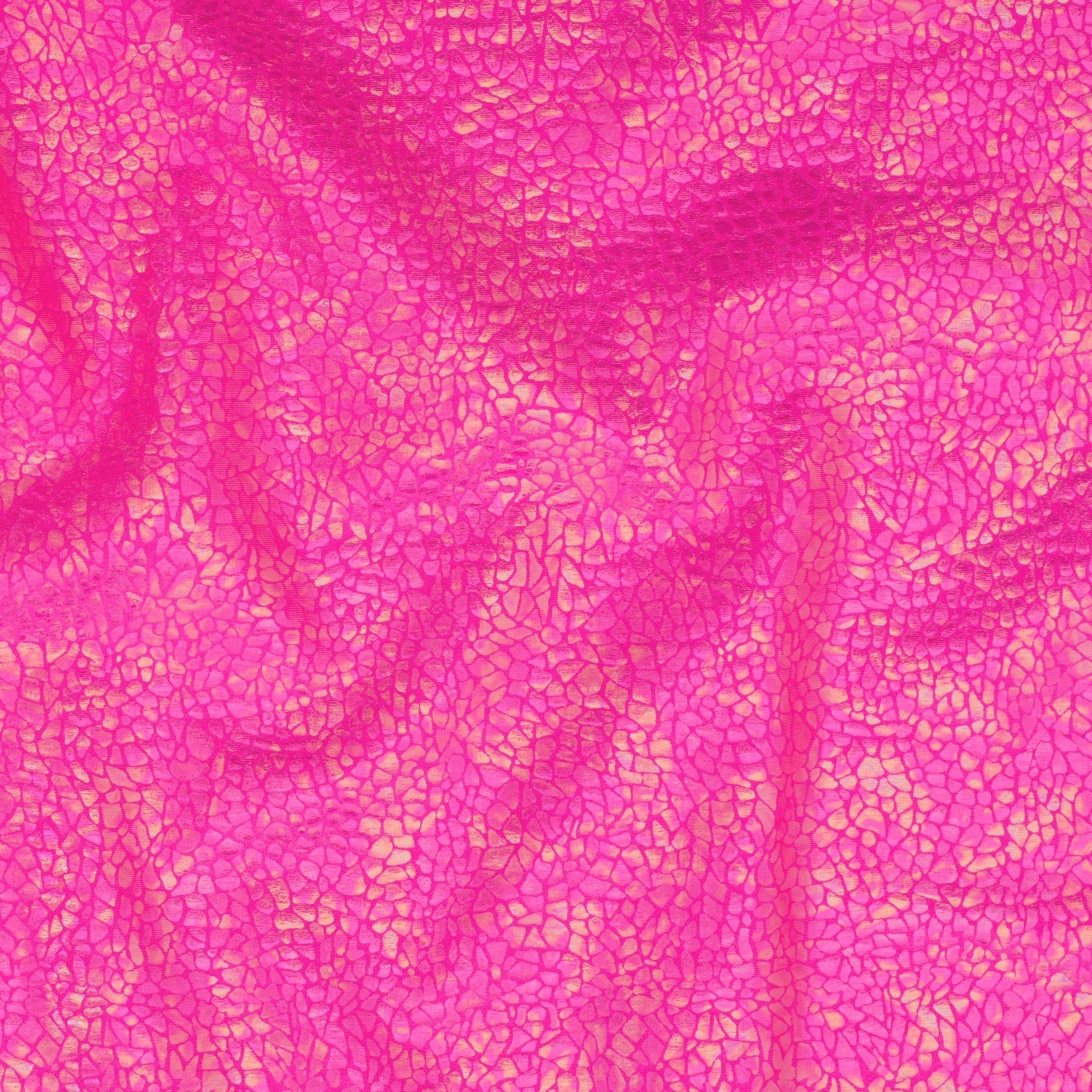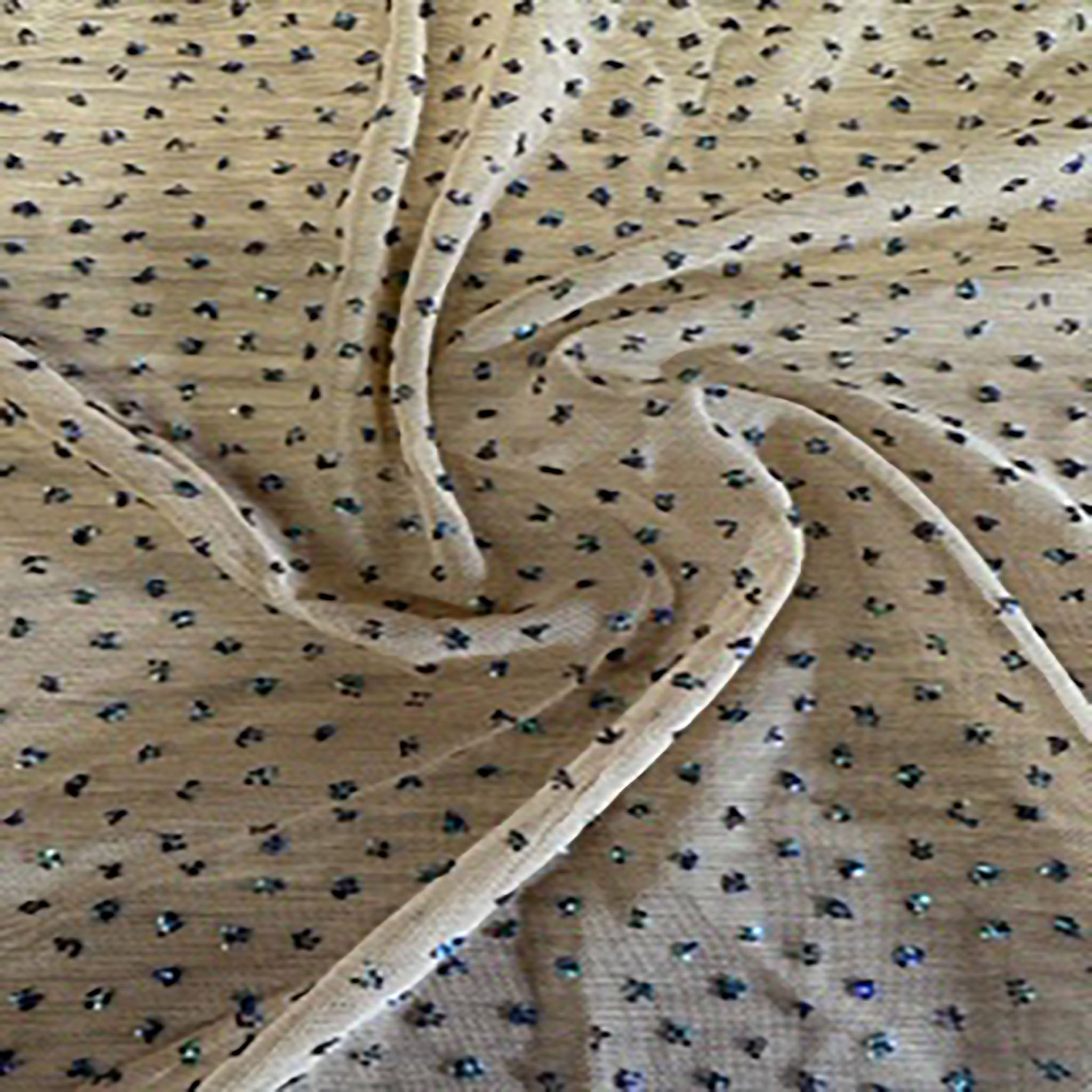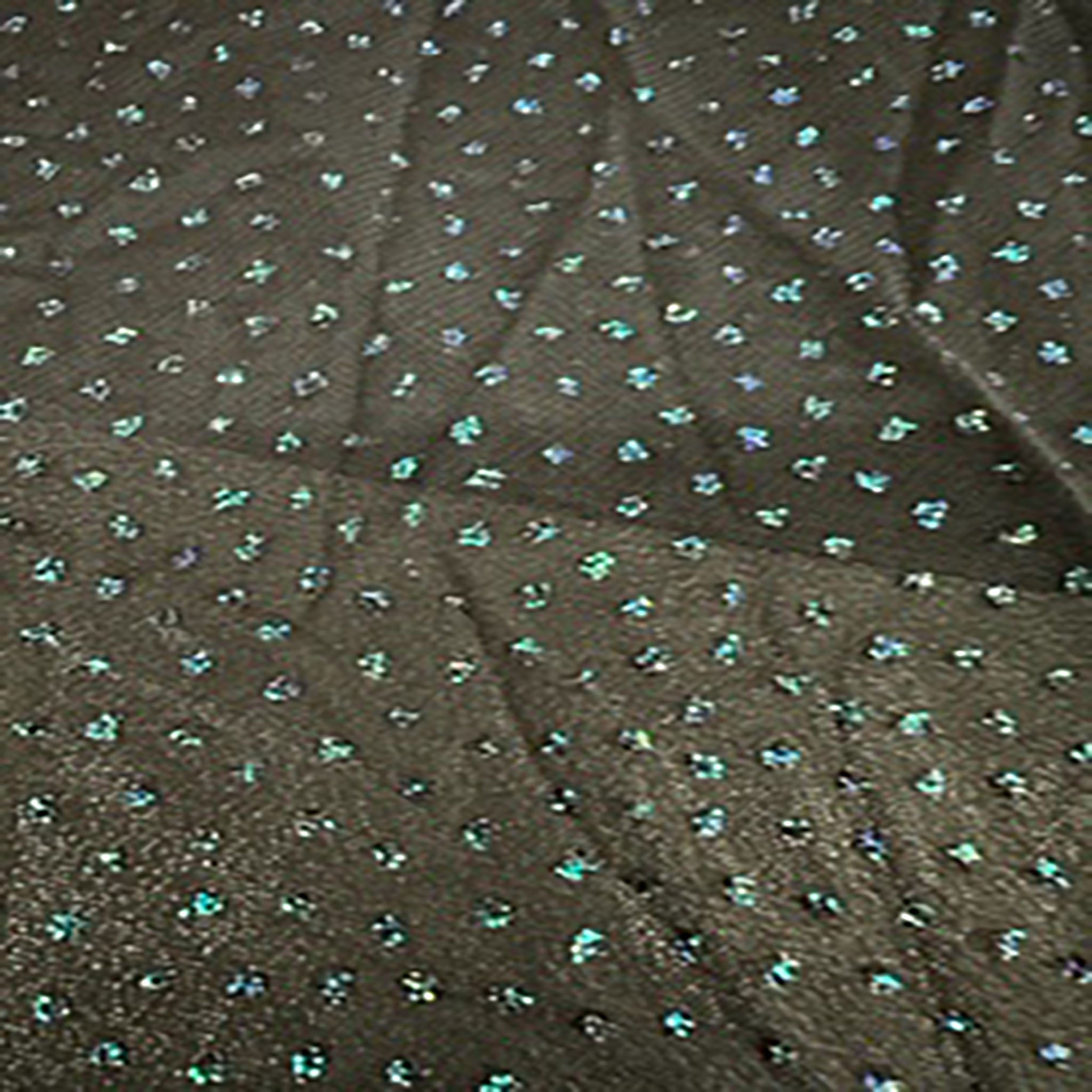News

The Science Behind 4-Way Stretchy Spandex

The Secret Power of Spandex: Day to Night
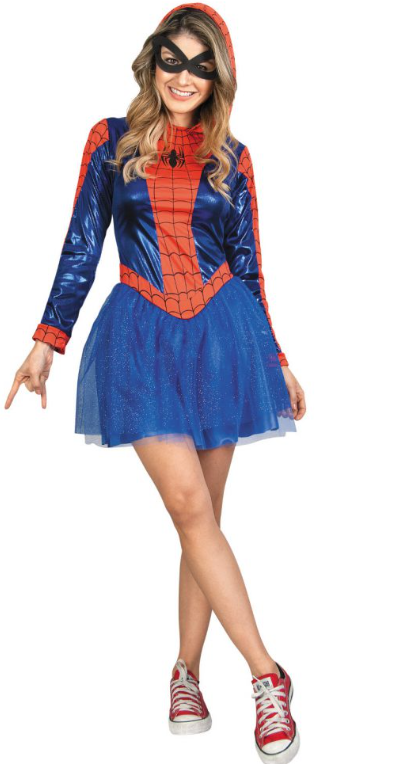
Stitch Your Own Spooktacular Costume
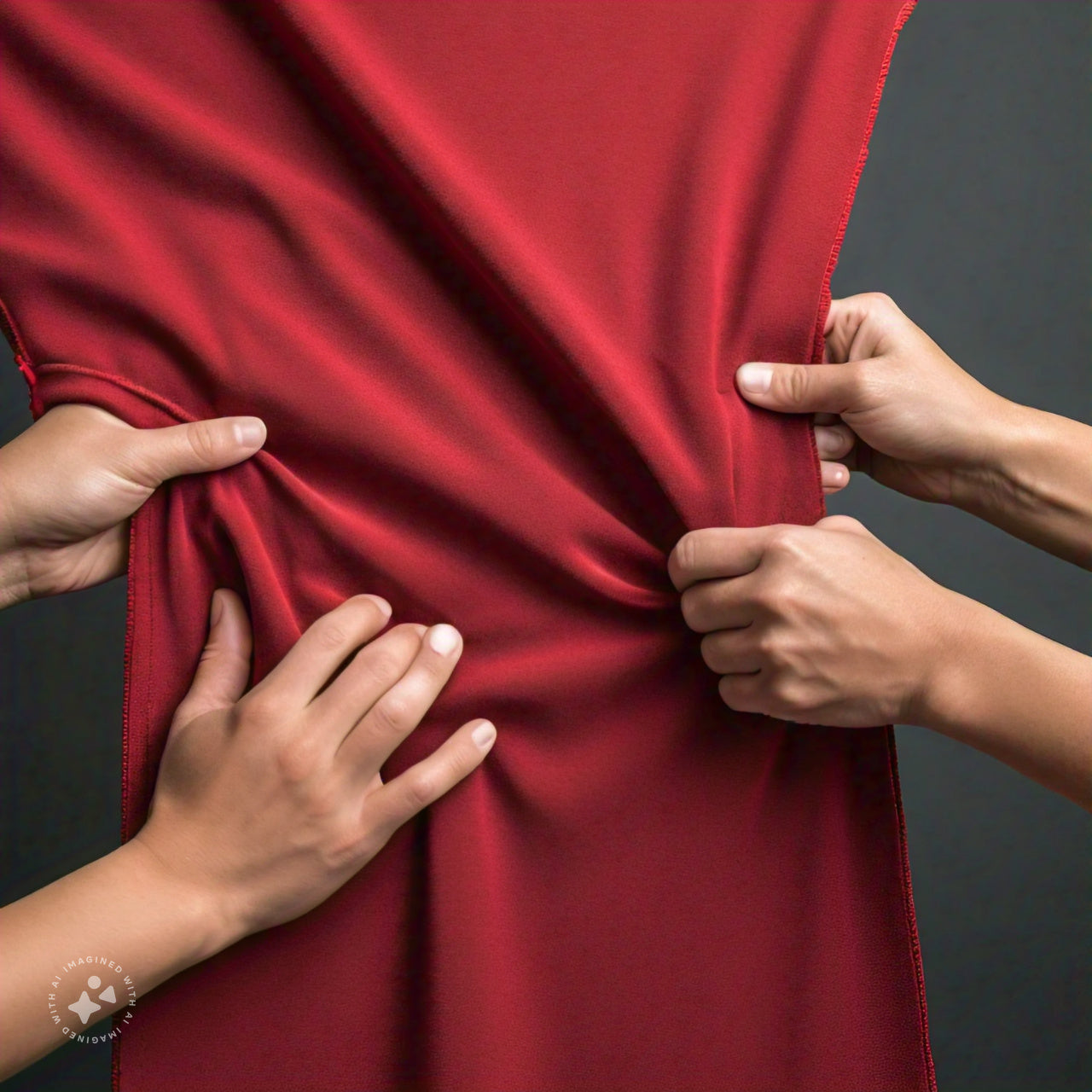
2-Way vs. 4-Way Nylon Spandex: Key Differences
In conclusion, the choice between 2-way and 4-way nylon spandex fabrics depends on the intended use and the stretch requirements of your project. For garments that need flexibility and movement in all directions, 4-way stretch is the superior option, offering increased spandex content, a higher thread count, and advanced manufacturing techniques. On the other hand, 2-way stretch fabrics are best suited for designs where horizontal stretch suffices, offering stability and ease of use.
At Spandex Palace, we offer a wide variety of both 2-way and 4-way nylon spandex fabrics to suit every need, from casual wear to high-performance activewear. Explore our collection and find the perfect fabric for your next project today!
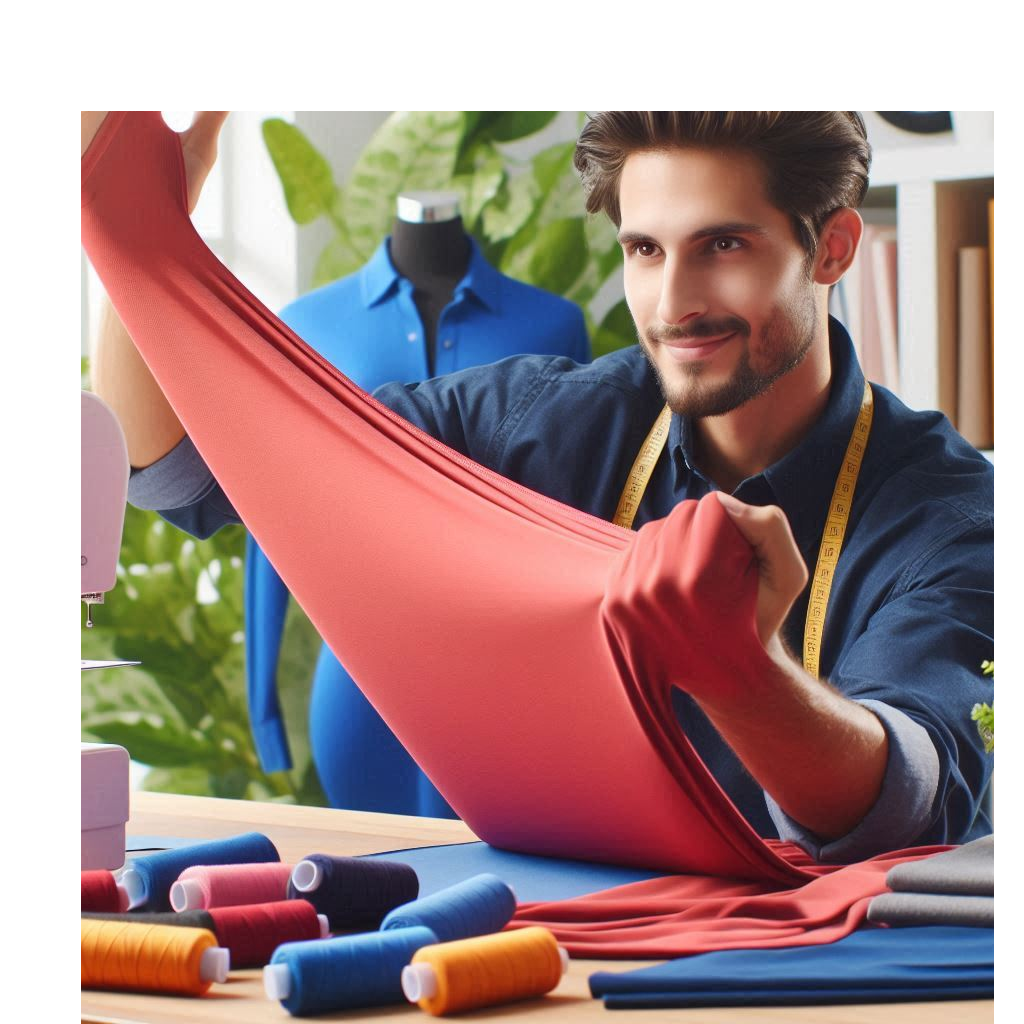
Care Guide for Most Spandex Fabric
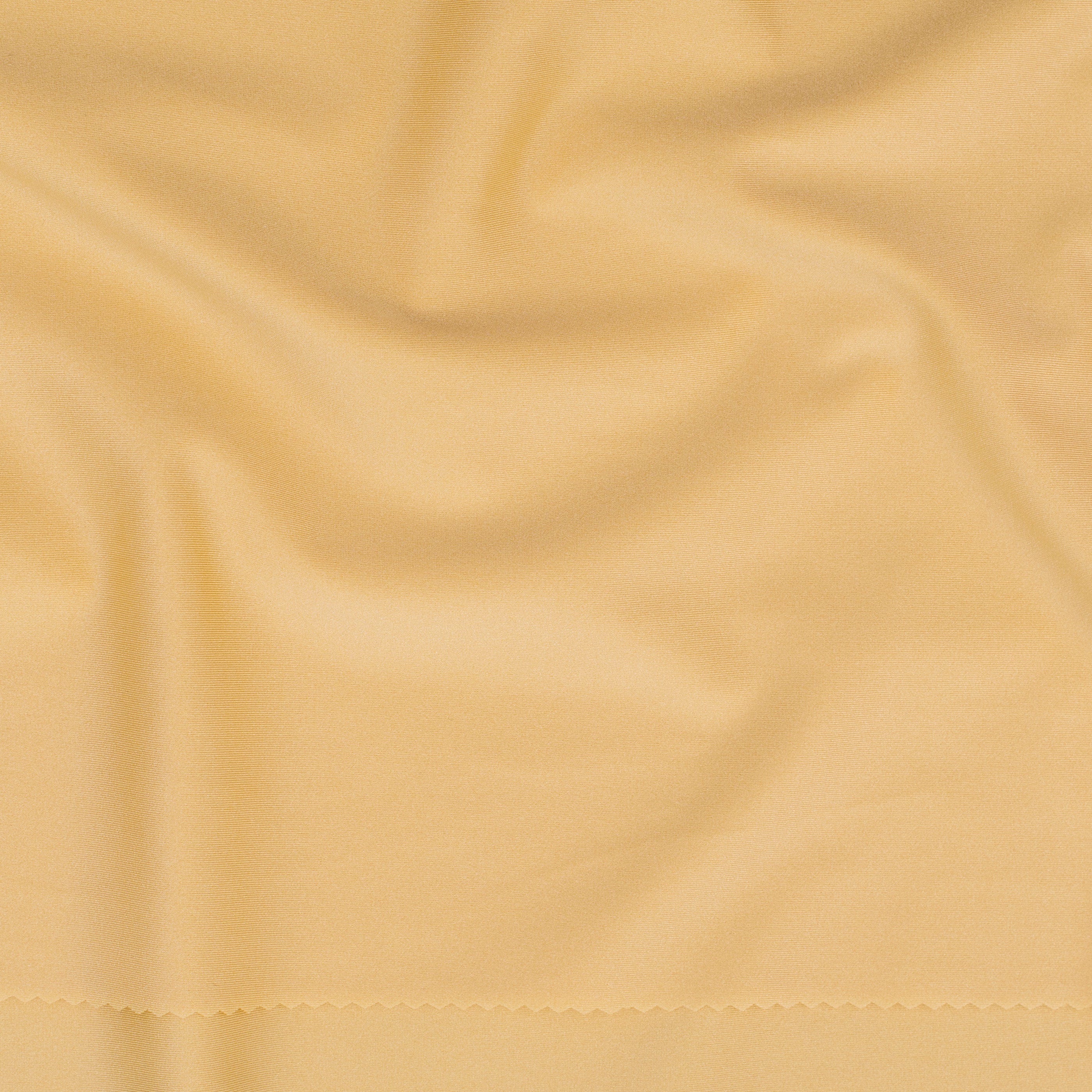
The Spandex Fabric Revolutionizing Comfort and Performance
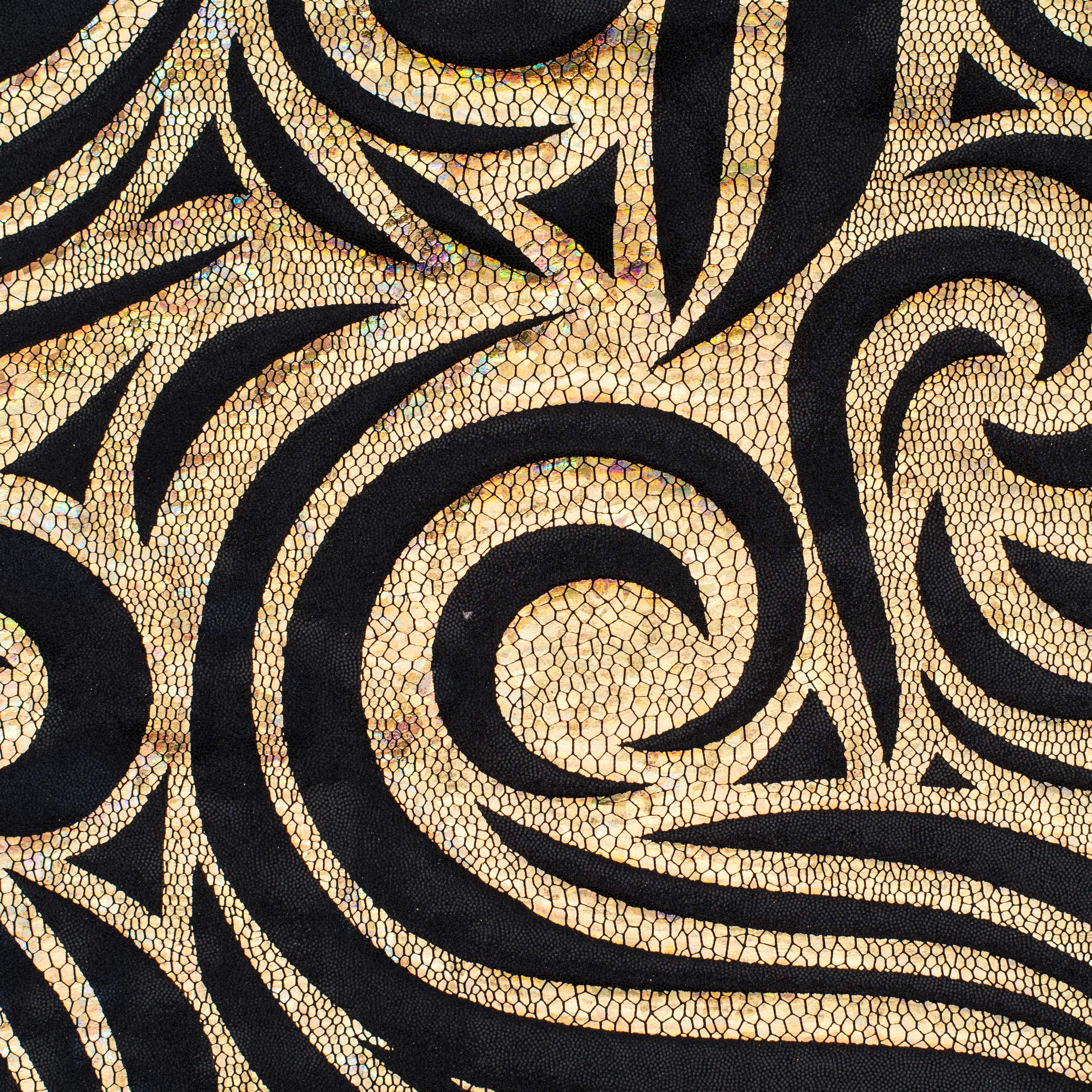
A Color Fasting Experiment with Foil Fabric on a Sunny Day
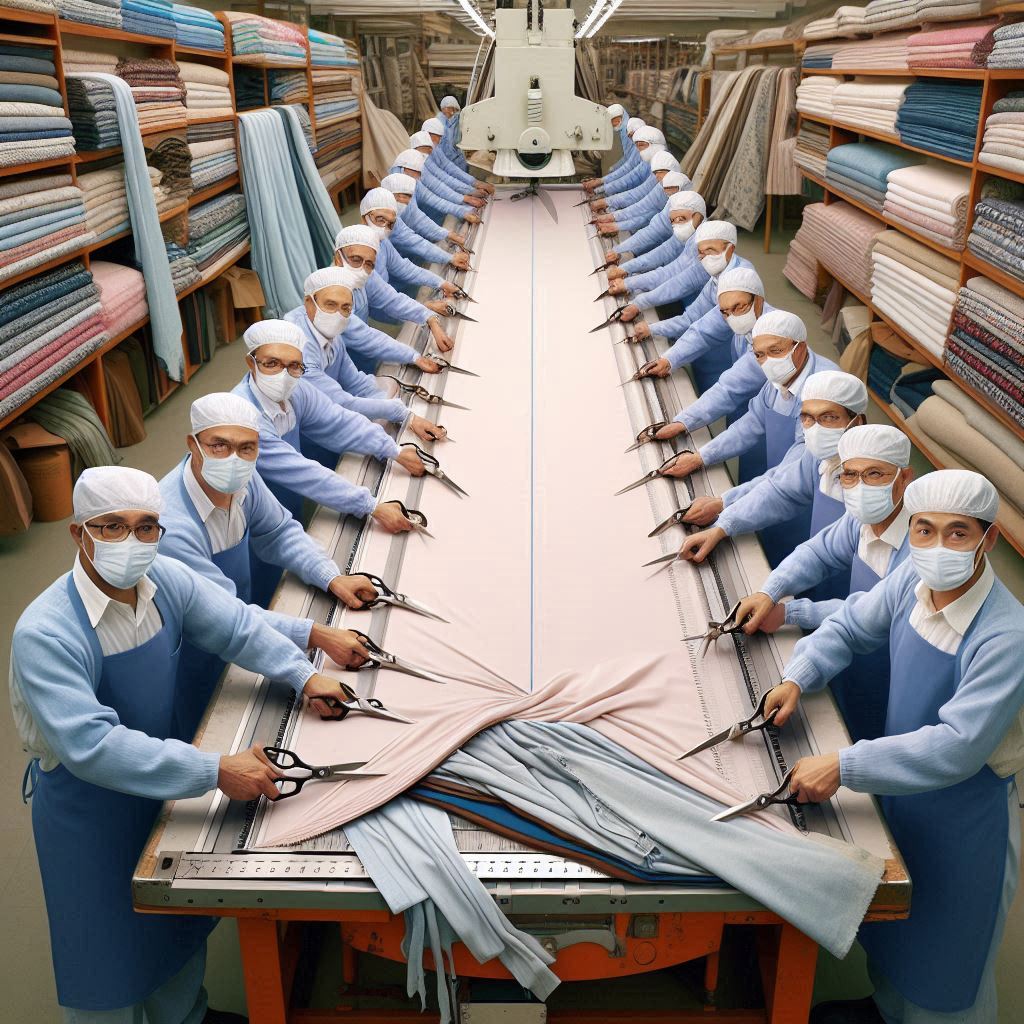
Mastering the Art of Cutting Spandex Fabric
Cutting spandex fabric requires precision, patience, and the right tools. By following these guidelines, you can achieve professional-quality cuts, ensuring your spandex projects look polished and fit perfectly. Whether you’re creating activewear, dance costumes, or casual wear, mastering these techniques will enhance your craftsmanship and lead to stunning results.
At Spandex Palace, we offer a wide range of high-quality spandex fabrics perfect for any project. Explore our collection today and elevate your creations with the finest materials available. Happy cutting!


